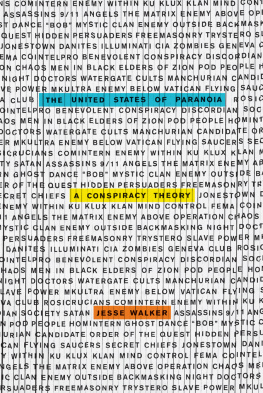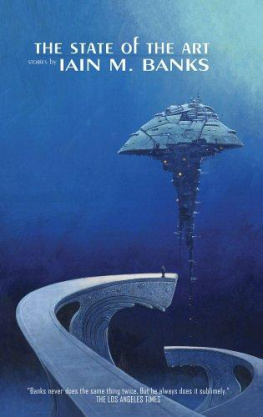Joe Banks - Hawkwind: Radical Escapism in the Age Of Paranoia
Here you can read online Joe Banks - Hawkwind: Radical Escapism in the Age Of Paranoia full text of the book (entire story) in english for free. Download pdf and epub, get meaning, cover and reviews about this ebook. year: 2020, publisher: MIT Press, genre: Detective and thriller. Description of the work, (preface) as well as reviews are available. Best literature library LitArk.com created for fans of good reading and offers a wide selection of genres:
Romance novel
Science fiction
Adventure
Detective
Science
History
Home and family
Prose
Art
Politics
Computer
Non-fiction
Religion
Business
Children
Humor
Choose a favorite category and find really read worthwhile books. Enjoy immersion in the world of imagination, feel the emotions of the characters or learn something new for yourself, make an fascinating discovery.

- Book:Hawkwind: Radical Escapism in the Age Of Paranoia
- Author:
- Publisher:MIT Press
- Genre:
- Year:2020
- Rating:5 / 5
- Favourites:Add to favourites
- Your mark:
- 100
- 1
- 2
- 3
- 4
- 5
Hawkwind: Radical Escapism in the Age Of Paranoia: summary, description and annotation
We offer to read an annotation, description, summary or preface (depends on what the author of the book "Hawkwind: Radical Escapism in the Age Of Paranoia" wrote himself). If you haven't found the necessary information about the book — write in the comments, we will try to find it.
Joe Banks: author's other books
Who wrote Hawkwind: Radical Escapism in the Age Of Paranoia? Find out the surname, the name of the author of the book and a list of all author's works by series.
Hawkwind: Radical Escapism in the Age Of Paranoia — read online for free the complete book (whole text) full work
Below is the text of the book, divided by pages. System saving the place of the last page read, allows you to conveniently read the book "Hawkwind: Radical Escapism in the Age Of Paranoia" online for free, without having to search again every time where you left off. Put a bookmark, and you can go to the page where you finished reading at any time.
Font size:
Interval:
Bookmark:
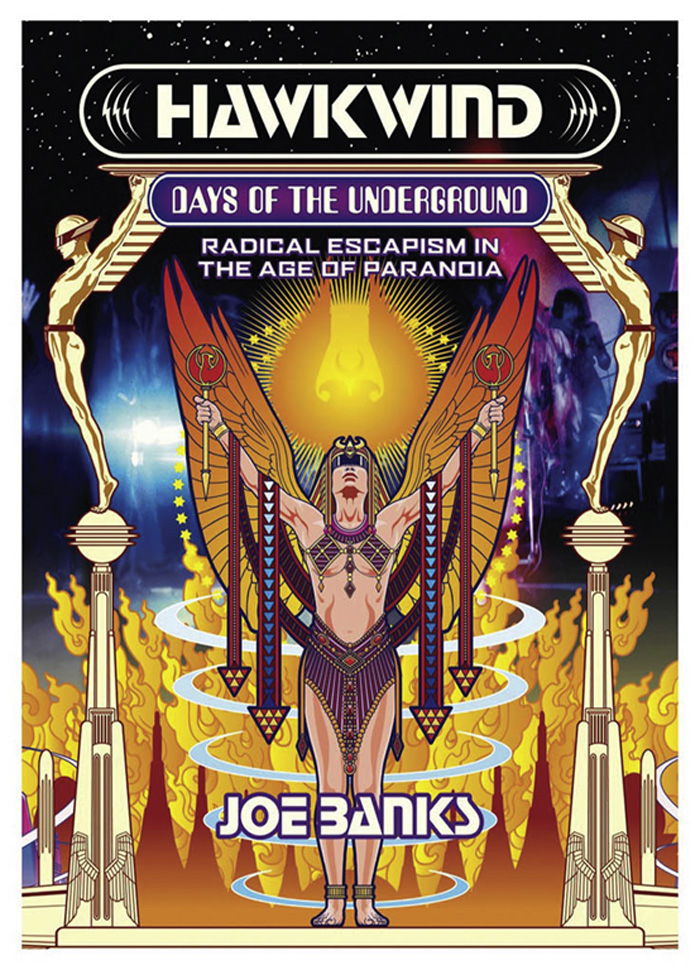
First published by Strange Attractor Press 2020
Copyright 2020 Strange Attractor Press
Text Copyright 2020 Joe Banks
CoverArtwork by John Coulthart
Book Design by Richard Wilkins / Layout by Maia Gaffney-Hyde
Due to the archival nature of the images in the book, we havent always been able to locate the original rights holders. If you feel that your image has been used without permission, please contact the publishers.
Joe Banks has asserted his moral right to be identified as the author of this work in accordance with the Copyright, Designs and Patents Act, 1988.
All rights reserved. No part of this publication may be reproduced in any form or by any means without the written permission of the publishers.
ISBN: 9781907222849
A CIP catalogue record for this book is available from the British Library.

Strange Attractor Press
BM SAP,
London, WC1N 3XX, UK
www.strangeattractor.co.uk
Distributed by The MIT Press, Cambridge, Massachusetts.
And London, England.
d_r0
To Rachel, Alexa and Catrin,
with love
Let the myth do the work
Doug Smith
Days Of The Underground isn't a standard music biography, so a few words of explanation first.
Roughly speaking, there are four types of chapter in the book:
| [ chronology ] | A year-by-year overview of and commentary on Hawkwind's progress through the 1970s, including analyses of every non-album and relevant solo recording released or broadcast at the time |
| [ albums ] | A track-by-track, in-depth look at each album, from Hawkwind to Levitation |
| [ essays ] | A series of think pieces on Hawkwind's musical and cultural impact on the 1970s and beyond, from psychedelia to science fiction, myth-making to punk |
| [ interviews ] | Conducted 2016-19 with key members of the Hawkwind crew |
The book moves in a chronological direction, though you may experience some sideways motion through time, particularly in the essays. It can be read from page one onwards or dipped into as the mood takes you. There are a lot of endnotes, but I'd encourage you to keep your finger in the relevant page (at the end of each chapter) as you read even the most hardcore of Hawkfans will discover something new. Please also note that many of the images in the book are rare, archival material; we've chosen to include them even if they appear damaged or imperfect.
Joe Banks, March 2020
Hawkwind is a movement, not just a group.
Hawkwind were a one-band revolution in the 1970s. While the rest of the British rock scene was stuck in a dead end of pseudo-classicism and reheated versions of the recent past, Hawkwind tirelessly travelled the country to spread the good news of the counterculture long after it had been declared dead by the supposed tastemakers of the media. They animated the provincial underground and became a rallying point for heads and freaks everywhere.
The story of Hawkwind's first decade reveals an alternative narrative for music in the 1970s. Figureheads of the free festival, avatars of the underground, and heralds of punk, it portrays a band offering an active means of resistance to both mainstream music and society. Yet it's a story that remains mostly unacknowledged. It's also been largely forgotten just how big Hawkwind were, particularly in the first half of the 70s.
At the height of their artistic and commercial powers, Hawkwind channelled and amplified the era's psychic tenor via a science fiction sensibility, mind-blowing visuals, and their unique brand of deep space psychedelia. For the young people of a planet seemingly on the brink of destruction, they offered a form of radical escapism and an alternative account of this strange new world.
As one of the few bands with a genuine cultural hinterland throughout the 1970s, Hawkwind demand a more considered evaluation, and that's what this book sets out to provide. As well as being an in-depth primer to the music of their classic years, Days Of The Underground explores the ideas and concepts that fuelled Hawkwind during this period, and speaks to the crew that manned the ship.
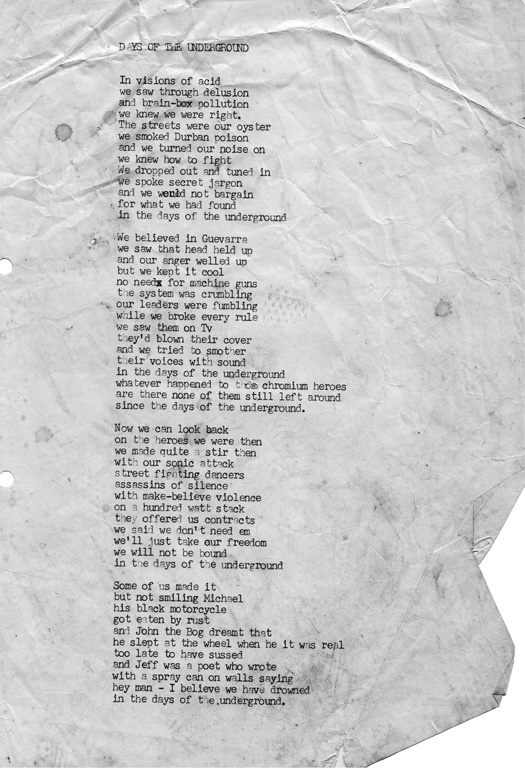
Robert Calvert's typed lyrics to Days Of The Underground
(source: Robert Calvert archive.)
All images from the Robert Calvert archive courtesy of Nick Calvert.
Hawkwind - The Joke Band That Made It Andrew Means, Melody Maker, 12/08/72Bakers Dozen: Joy Division & New Order's Stephen Morris On His Top 13 Albums Ben Hewitt, The Quietus, 7/12/10AugustDecember 1969
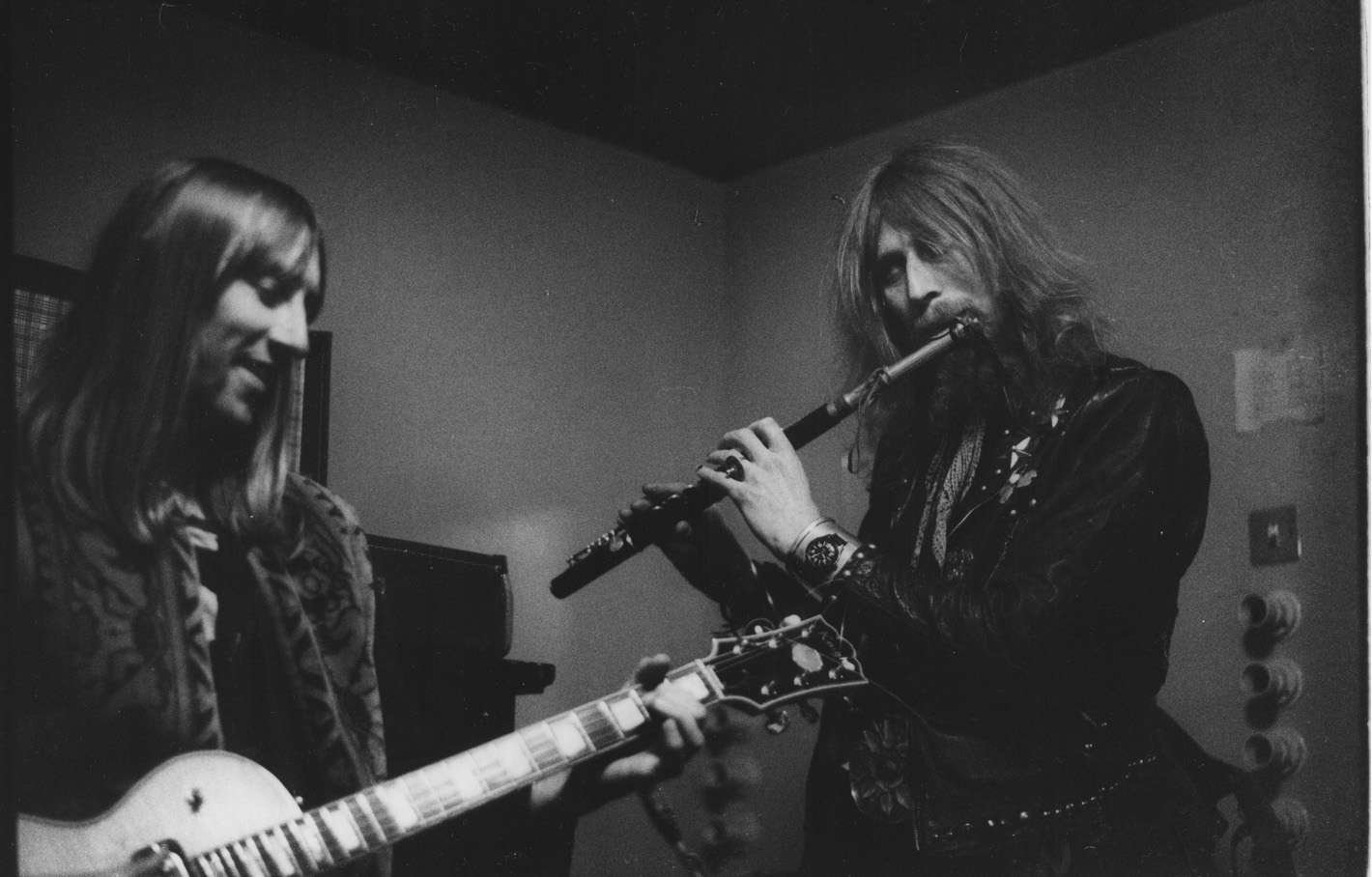
Brock and Turner, rehearsal circa 1972 (photo: Pennie Smith)
It's the birth of a unique brand of sonic attack that would reverberate throughout the 1970s and beyond.
The gods are smiling on them that night. In the audience is influential DJ and doyen of the underground John Peel. As he leaves, he tells Clearwater's Doug Smith to get involved, which Smith duly does, plugging the band into the alternative gig circuit that companies like Clearwater are helping to create. Almost exactly a year later, Hawkwind will release their debut album.
Pre-Hawkwind, Dave Brock and Mick Slattery play a raucous, psychedelic-tinged version of the blues in their band The Famous Cure. When that breaks up, Brock takes to the streets of London and earns a successful living as a busker. He also forms an acoustic blues trio Dave Brock & Friends that supports groups including The Pretty Things and the Groundhogs, and blags a session on John Peel's Night Ride.
In January 1969, Brock plays the Albert Hall as part of a special Buskers Concert organised by Don Partridge, and records a version of Willie Dixon's Bring It On Home for the accompanying album. And in May, he joins Partridge on The Buskers tour, a nationwide travelling revue featuring other street musicians and itinerant acts.
But both Brock and Slattery are increasingly being turned on by the proto-electronic rock coming from underground clubs such as UFO, where Pink Floyd and Soft Machine are deconstructing R&B and jazz to create a spacier and more improvised strain of British psychedelia. Brock begins experimenting with tape loops, creating strange drones from old blues harmonica recordings, which he and Slattery play slide guitar to through a Binson echo unit. They discover this sounds particularly good under the influence of LSD.
It's the direction they want their next band to go in. Brock recruits bassist John Harrison previously a player with popular dance band the Joe Loss Orchestra while untutored but enthusiastic 17-year old drummer Terry Ollis is found via an ad in Melody Maker. Rehearsing over the summer, the two guitarists extend and jam blues standards and songs from Brock's busking repertoire into new, more abstract shapes while Harrison provides a low-end anchor.
Font size:
Interval:
Bookmark:
Similar books «Hawkwind: Radical Escapism in the Age Of Paranoia»
Look at similar books to Hawkwind: Radical Escapism in the Age Of Paranoia. We have selected literature similar in name and meaning in the hope of providing readers with more options to find new, interesting, not yet read works.
Discussion, reviews of the book Hawkwind: Radical Escapism in the Age Of Paranoia and just readers' own opinions. Leave your comments, write what you think about the work, its meaning or the main characters. Specify what exactly you liked and what you didn't like, and why you think so.







